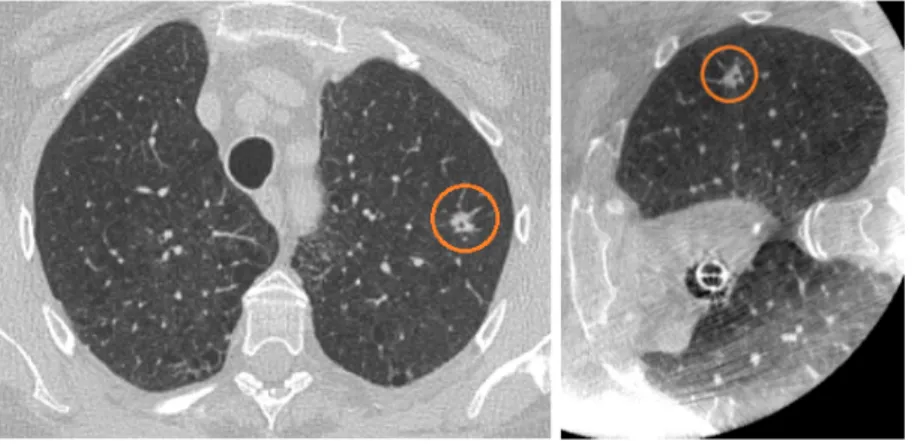Lung deformation between preoperative CT and intraoperative CBCT for thoracoscopic surgery: a case study
Texte intégral
Figure



Documents relatifs
These shear flows were not known to have any non-trivial solutions until their resistance to bifurcation-theoretic approaches was breached by Nagata (1990) and Clever &
The central idea of our paper is to use a biomechanical model in combination with a vessel graph matching method to compute physically plausible elastic registration of the pre-
In this section we propose a novel hybrid reg- istration approach that combines gray-level information with airway-tree landmark corre- spondences (found by the proposed
Increasing the incident energy gap between the dual-energy spectra reduced the noise in the reconstructed images. The optimal pair of dual-energy spectra in terms of SPR..
1 , given the re- lative importance of scatter and primary, masks the magnitude of the difference between the scatter intensity estimated by the SCA after re- moving the beam
Finally, the proposed weakly supervised method provides an accuracy of up to 84.67% for the heart segmentation, using the balanced cross entropy with only 550 iterations, which is
Proposed a weakly supervised framework for organ segmentation in CT images Examined multiple loss functions with balanced cross entropy resulting in best performance.
While the fully supervised framework (i.e., pixel-level annotation) is considered in this competition, we seek to push forward the segmentation process to a new paradigm: